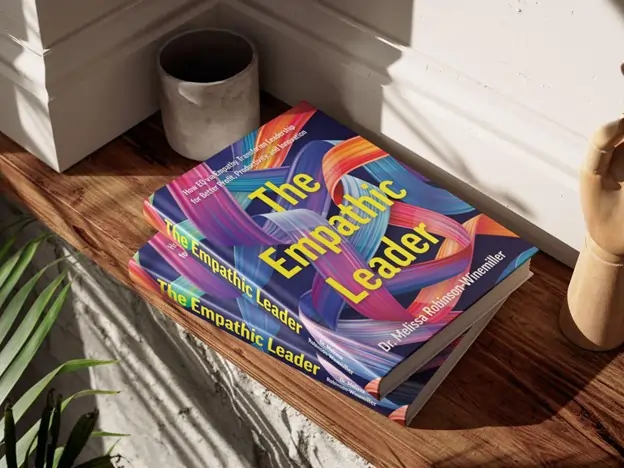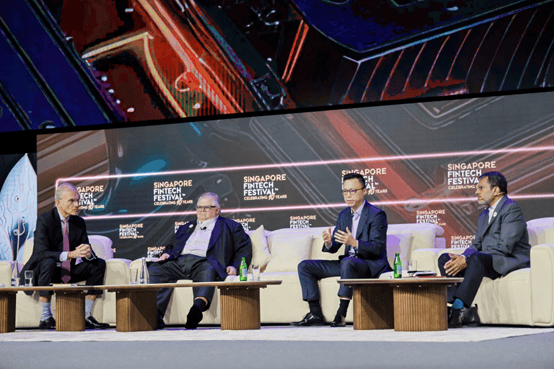
For many leaders, the ability to connect with their team is treated like a personality trait. But as industries face burnout, disruption, and high turnover, that approach has become outdated.
Dr. Melissa Robinson-Winemiller has made it her life’s work to correct this.
She is a leadership coach, TEDx speaker, and scholar who has turned empathy into a measurable leadership tool. Through her consulting firm, EQ via Empathy, she helps companies embed empathic leadership into the way they manage, communicate, and build culture.
Her new book, The Empathic Leader: How EQ via Empathy Transforms Leadership for Better Profit, Productivity, and Innovation, outlines how leaders can build empathy as a system—not a personality trait. It is the culmination of years of research, coaching, and lived experience.
Before the book, before the TEDx stage, she was a music professor. A classically trained French horn player, she had performed with Ray Charles and Mannheim Steamroller. She had the career most would envy: doctorate earned, tenure-track secured. But within months, after experiencing violence in her department and being told to stay silent or lose her future, she walked away.
The decision cost her everything she had worked toward since childhood. It also gave her a clear vision: to build what leadership should have been in the first place.
Empathy as Infrastructure, Not Inspiration
Many organizations fail because their leaders mistake emotional cues for weakness or distraction. Disengagement, burnout, high attrition—these are treated as outcomes to manage rather than signals to investigate.
Robinson-Winemiller teaches that empathy is the missing link. Not kindness. Not performative concern. Real, strategic attention to what people actually experience at work, and how those experiences shape behavior.
Her framework trains leaders to see emotional dynamics as data. Leaders don’t guess. They learn to detect patterns, read signals, and respond with clarity.
What Leadership Without Empathy Really Costs
The book outlines the most common empathy gaps Robinson-Winemiller has observed:
Leadership silence in the face of dysfunction
Avoidance of difficult conversations
Lack of repair after harm is caused
Emotional detachment mistaken for professionalism
These habits erode trust, kill creativity, and drain performance. But more than that, they cause lasting harm. People carry these experiences long after they leave a company.
Robinson-Winemiller doesn’t speak from theory. She speaks from memory.

Training Leaders to Tune In and Take Responsibility
In her work, empathy is not a soft skill. It is a discipline. Something that can be taught, tracked, and scaled.
She walks leaders through:
Empathy audits that expose blind spots
Feedback protocols that reduce reactivity and increase clarity
Repair strategies after harm is done
Scripts for high-stakes conversations
Her approach is built to work in high-pressure environments—hospitals, schools, executive teams—where emotions run high but time is short.
Turning Personal Experience Into Public Framework
Each chapter of The Empathic Leader begins with a personal story. Not for sympathy, but for illustration. Readers are brought into moments where empathy failed, where silence was enforced, and where leadership broke down. Then, they’re given tools to ensure it never happens again.
This structure makes the book part memoir, part manual.
A New Standard for Leadership
Today, Robinson-Winemiller speaks at institutions like Oxford and Columbia. Her podcast, The Empathic Leader, reaches thousands of listeners seeking to lead differently.
But she does not see herself as a thought leader. She sees herself as someone who had to rebuild what she needed. Her mission is to help others do the same.
The Empathic Leader is available now through Amazon and major retailers. For media or consulting inquiries, visit www.eqviaempathy.com.


